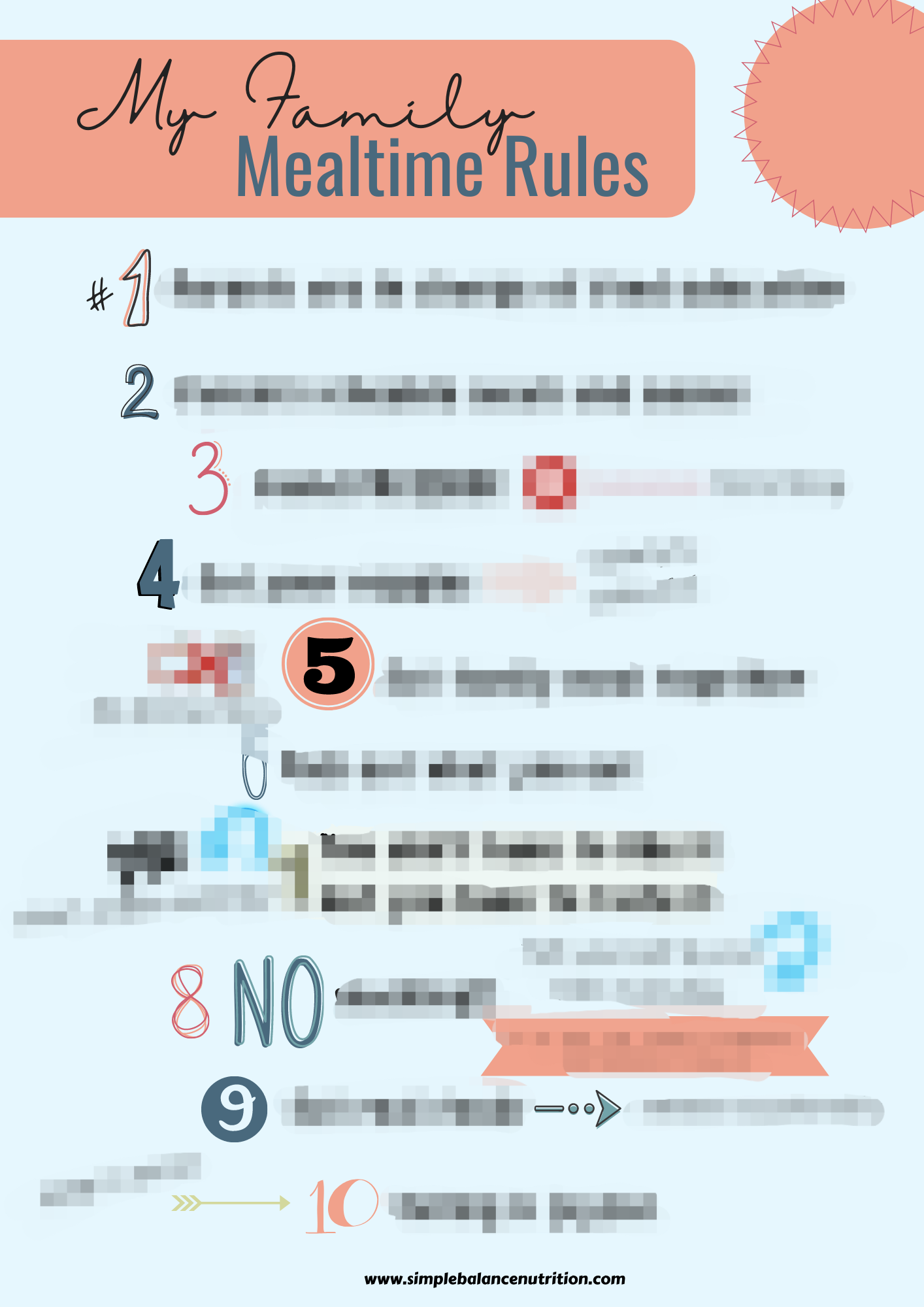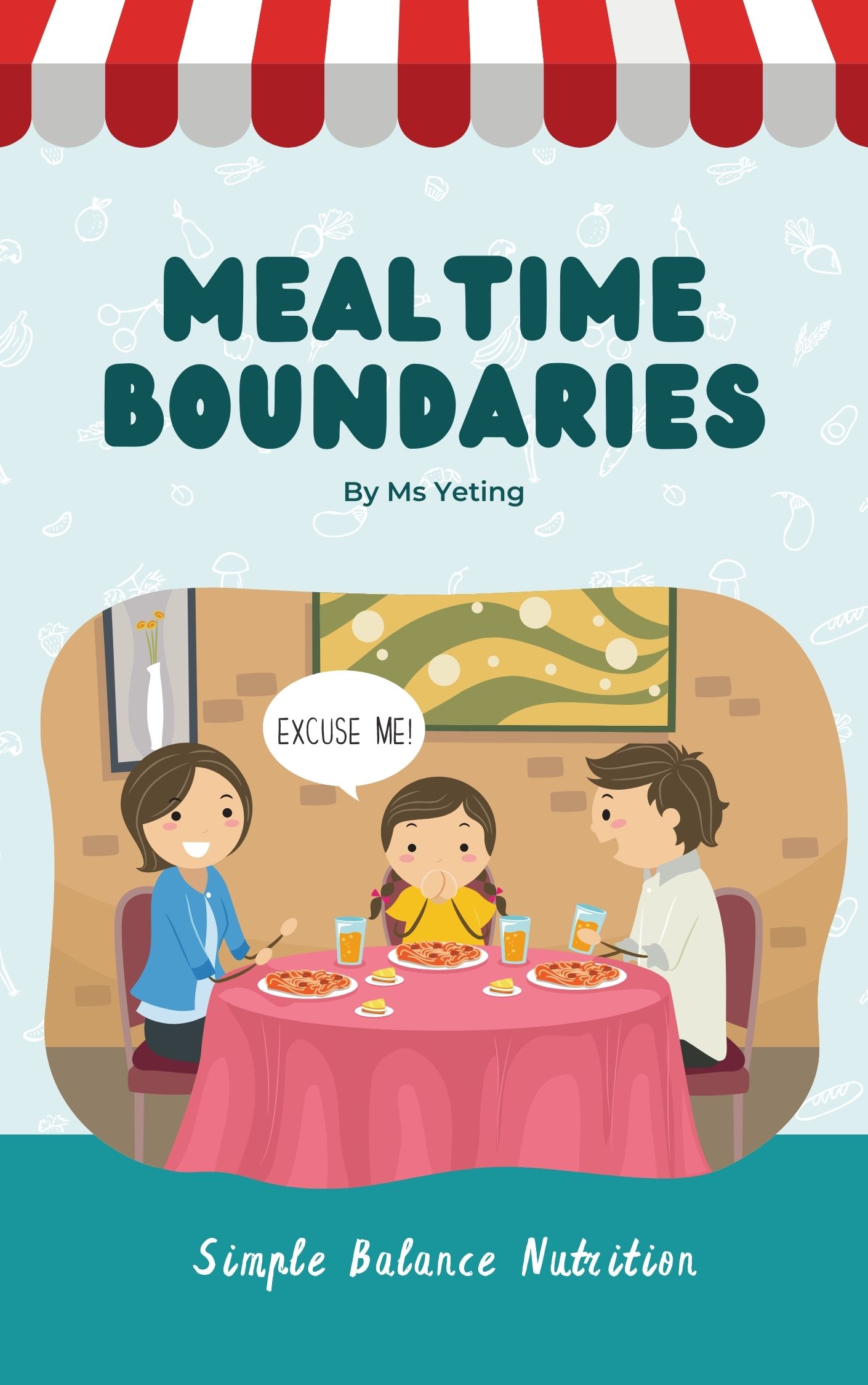Mealtimes with young children can be challenging, especially if they’re picky eaters. Family dinners can easily turn into a power struggle, where parents struggling to get their children to eat certain foods, but facing even more resistance.
Parents often feel like their children are in control, while they desperately try to make them eat something healthy. They end up making special meals, using pleading phrases, coaxing, and even bribing, which only adds to the stress and leaves them feeling hopeless.
MEALTIMES FOR MANY PARENTS ARE ANYTHING BUT PLEASANT
When I encounter this dysfunctional and stressful feeding dynamic in my practice, it becomes evident that the roles of feeding within the household are completely reversed, and parents are unaware of it. Ultimately, children are in control of WHAT, WHEN and WHERE food is served, while parents exert great effort to control whether and how much their children eat.
THIS IS ACTUALLY THE OPPOSITE OF WHAT IT SHOULD BE!
To raise children who are healthy, happy, and self-assured when it comes to eating, parents need to establish clear boundaries and maintain their role as the ones in charge of WHAT, WHEN and WHERE food is served. Meanwhile, children should be allowed to fulfill their role as the ones who decide whether and how much they eat. This forms the foundation of the Division of Responsibility in Feeding (DOR), an approach advocated by Feeding and Childhood Nutrition Expert, Ellyn Satter.
By following the principles of DOR, you can create mealtimes that are more peaceful, reduce stress around eating, and raise children who are capable and confident eaters.
Does this sound familiar?
Your child refuses to eat, so you give in and stop asking him to come to the table for meals.
He complains about what’s served, so you make him a peanut butter sandwich because you know he’ll eat it.
He whines about feeling hungry before bed (Even though he didn’t eat at dinnertime an hour earlier) so you give him yogurt and a banana in hopes that he’ll go to bed peacefully and not wake up hungry.
If it does, you’re certainly not alone.
Here is my top strategy for creating more peaceful mealtimes and minimizing stress when it comes to feeding:
SET HEALTHY MEALTIME BOUNDARIES AND STICK TO THEM
By setting and consistently enforcing appropriate mealtime boundaries with your children, you can regain control over mealtimes and empower your children to take responsibility for the rest. It is ideal to establish these boundaries early, during infancy and early toddlerhood, but they can be implemented at any stage. Keep in mind that mealtime boundaries may vary among families, but here are some examples of ours:
1. Everyone MUST come to the table for meals, regardless if they plan to eat or not

A phrase you will frequently use is “YOU DON’T HAVE TO EAT.” If your child says, “But I’m not hungry” or “I don’t want rice again!” calmly respond with, “You don’t have to eat, but it’s mealtime and you must come to the table.” In most cases, your child will happily eat a fair amount of his/her meal. To ensure proper mealtime etiquette, your children should remain at the table for at least 10-15 minutes and ask to be excused. If you have a slow eater, consider setting a timer for 30 minutes to prevent meals from dragging on indefinitely. This approach allows your child to pace themselves during the meal.
2. There are NO toys, screens, or other distractions at meal

The goal is to keep mealtime as a special moment for family to connect and have conversations, discouraging any form of mindless or distracted eating.
3. Being rude ISN’T OK

In my household, I have certain rules that we follow during mealtime. These include sitting properly at the table, refraining from throwing food or making rude comments, using age appropriate utensils, and practicing good table manners and politeness.
4. There are NO special meals

I provide a wide range of food options and always include at least one dish that I know my children enjoy. However, I only serve one meal, and I do not cater to individual requests as a short-order cook would.
5. The kitchen is CLOSED after mealtime

If I believe my children haven’t eaten enough, I gently remind them that it’s important to ensure their tummies are satisfied because the kitchen will be closed until a certain time, like X o’clock or the next morning. Any requests or demands for snacks outside of these designated times are kindly declined, along with a reminder that they had an opportunity to eat at the previous meal or snack but chose not to. By consistently applying this approach, children gradually learn how to regulate their appetite in a healthy manner.
6. There’s NO grazing

I politely decline random requests for snacks or milk, and instead, I establish specific snack times based on our meal schedule. I typically offer a snack between meals and occasionally before bedtime, although not frequently. This allows for eating opportunities every 2-3 hours or so. It’s important to note that children have smaller tummies and require regular meals, but it’s not necessary for them to constantly graze throughout the day. In fact, excessive grazing can often lead to mealtime struggles.
Grab your FREE Mealtimes Boundaries Rules HERE .

BOTTOM LINE
These are my personal mealtime boundaries, which may also work well for your family. Remember that every family is unique, so it’s important to customize your own boundaries based on what works best for you and your family.
To assist you in establishing healthy mealtime boundaries, I have a printable kitchen resource available that outlines my family’s mealtime boundaries in a colorful and visually appealing format. It can serve as a starting point for you to create your own boundaries that align with your family’s needs and preferences.



Leave A Comment